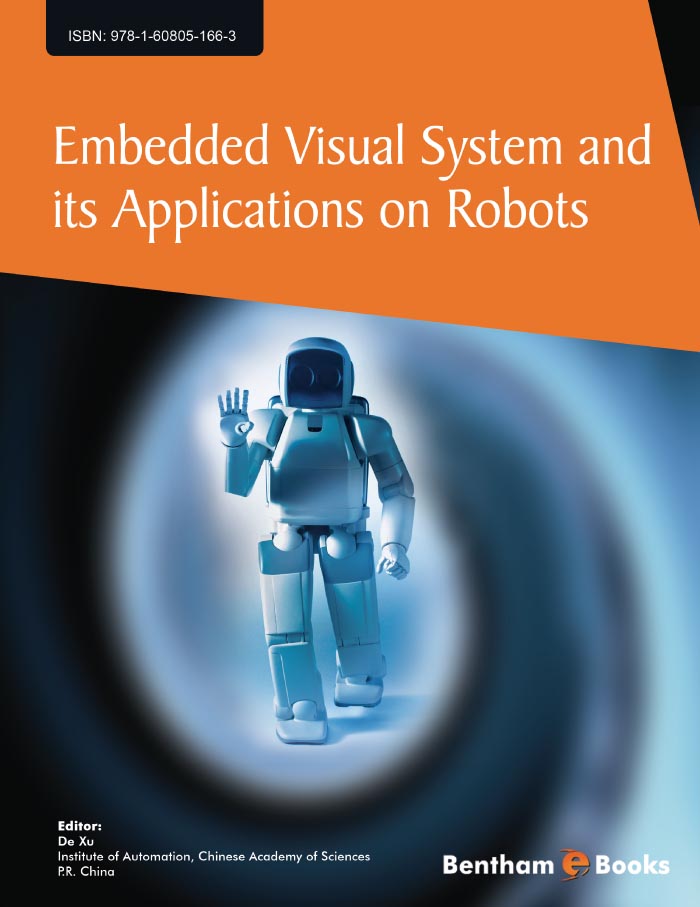Preface
Vision system is very important for robots to sense the environments where they work and to detect the objects what they will operate. Effective vision system can greatly improve robot's flexibility, adaptability and intelligence. Up to now, vision system has been widely applied on various robots such as mobile robots, industrial robots, under water robots, and flying robots. However, most of the vision systems currently used by robots consists of traditional cameras and image capture devices, and the image processing algorithms are executed on PC-based processors. The separated components make the traditional vision system be large and heavy, which prevents it from many applications requiring small and light vision system.
Recently, embedded vision system such as smart camera has been rapidly developed. Vision system becomes smaller and lighter, but its performance is stronger and stronger. The algorithms in embedded vision system have their specified characteristics because of resource limitations such as main frequency of CPU, memory size, and architecture. The motivation of this e-book is to provide a platform for the engineers, researchers and scholars in the robotics, machine vision, and automation communities to exchange their ideas, experiences and views on embedded vision system. The topics or chapters include the configuration and algorithm designs for embedded vision systems, and the applications of smart cameras on different autonomous robots, and etc.
We prepare to invite the eminent scientists or engineers in the field of visual measurement and control for robotics and automation to contribute their currently works to this e-book. The actual effectiveness in practice will be emphasized for all methods or systems presented in this e-book. Our goal is to provide an excellent e-book about embedded visual system, which can be used as guidance book and advanced reference, for the readers from the postgraduates in university to the engineers in factory.
I would like to thank all my colleagues and friends who have contributed to this e-book.
De Xu
Institute of Automation,
Chinese Academy of Sciences
Beijing 100190, China




